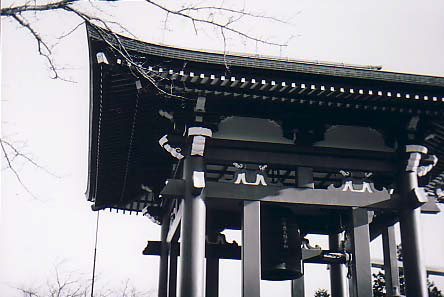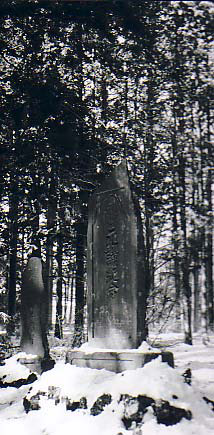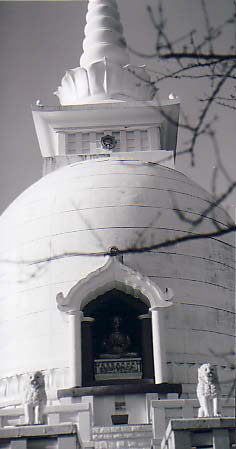Kamakura, Japan
February 16, 2002
Our next trip outside of Yokosuka was to the old 13th century Japanese capital, Kamakura. Kamakura is home to over 60 temples and shrines, mostly due to its function as a samurai stronghold and temple city before the capital moved in the early 14th centry. Kamakura is located between Yokohama and Yokosuka, right on the Sagami-wan bay.
Every block has some hidden cemetery full of tablets and ancient walkways. It is an amazing interplay of the old and the new; walking down narrow cobble streets full of shop fronts touting food, pottery and general grocery stuff; then you pass by a large, wooden fence and peer between the slats into the courtyard of a temple.
Side by side, the old and the new, and it seems weird only to me. Everything in the states is so relatively young that it takes your breath away to set foot in these places. Kamakura was the first place I had visited where I felt the weight of history, the very ground had a life and a voice of its own.The pictures are from Hase-dera Temple, a site built to honor Jizo, the patron diety of travelers and children. Worshipers adorn the many small concrete statues with children's toys and clothes to honor the guardian of the souls of children lost before birth. Also in Kamakura is the Daibutsu, a giant bronze statue that stands 37 feet high.
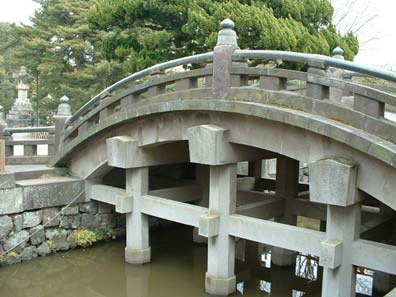
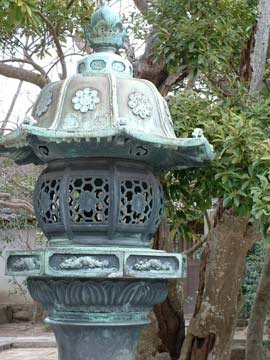
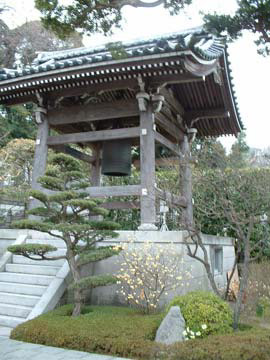
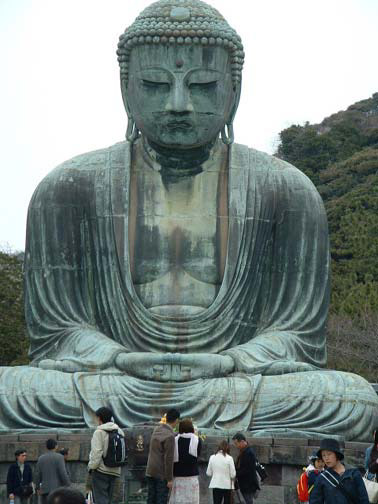
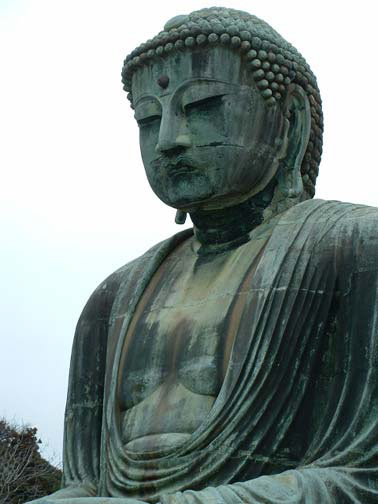
Fuji-Hakone National Park, Japan
January 19, 2002
My first trip outside of Yokosuka after arriving in Japan. After being in Japan for a while, I got to know my way around, but thinking back on this trip, I had no idea where I was or what my orientation to anything was. As a side note, this is the trip where I stopped at an antique mall and purchased a tall Japanese urn, now infamous as the vessel in which my mother has claimed, and will be cremated and live out her afterlife. Unfortunately there is no lid to this urn so I will have to rely on its weight to keep her in place.
This was an incredible location, with a beautiful view of fuji-san and fantastic temples everywhere. It was still pretty heavy into winter, tho it was milder than normal, so Fuji had its characteristic snow cap. It really does look just like it does in pictures. The architecture was full of global inspiration, a heavy mix of Shinto, Buddhism and Hindu.



